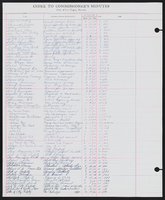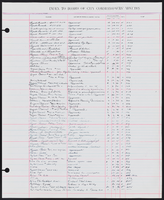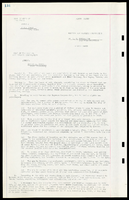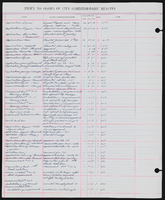Search the Special Collections and Archives Portal
Search Results

Transcript of interview with Eddie E. Buxton by Bernard D. Vardiman, March 30, 1976
Date
Archival Collection
Description
Text
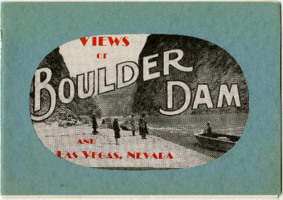
Views of Boulder Dam and Las Vegas, Nevada
Description
"N.E. Johnson, photographer and publisher." Booklet consists primarily of photographs of the Colorado River in Black Canyon, prior to the construction of Hoover (Boulder) Dam, and photographs of people and businesses in early 20th-century Las Vegas.
Text
Audio clip from interview with Al Levy by Cheryl Caples, February 23, 1979
Date
Archival Collection
Description
Part of an interview with Al Levy on February 23, 1979. In this clip, Levy discusses his childhood, living in Las Vegas, and his experience at Las Vegas High School.
Sound
St. Denis, Ruth, 1880-1968
Modern dance pioneer Ruth St. Denis, nee Ruth Dennis, was born on January 20, 1879 in Newark, New Jersey. Her training began as a child with the practice of physical exercises developed by Francois Delsarte. As a teenager, she appeared in Broadway musicals and was a protégé of David Belasco, a theatrical producer. She combined spirituality, eastern culture, and religion in her dance routines. Christian themes were also explored and depicted in her works.
Person


